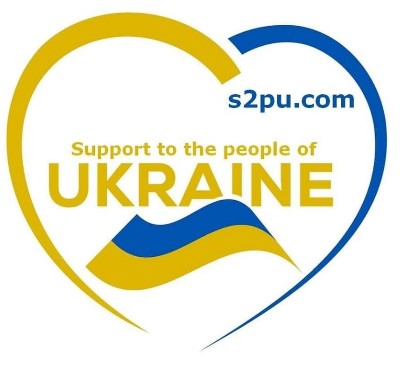Holodomor Genocide
It has happened so many times, I am going to do something about it !
Genocide
The Convention on the Prevention and Punishment of the Crime of Genocide was adopted by the United Nations General Assembly on 9 December 1948 as General Assembly Resolution 260. The Convention entered into force on 12 January 1951. It defines genocide in legal terms, and is the culmination of years of campaigning by lawyer Raphael Lemkin born in Lviv, Ukraine. All participating countries are advised to prevent and punish actions of genocide in war and in peacetime. As of May 2019, 152 states have ratified or acceded to the treaty, most recently Mauritius on 8 July 2019. One state, the Dominican Republic, has signed but not ratified the treaty.
But before I delve into the discussion of the intersection between international law and the prevention and punishment of genocide, as this is an anniversary commemoration, allow me to recall the history of genocide under international law. Genocide is one of those legal terms which underwent some unusual developments right after it was formulated for the first time in 1944.
Raphael Lemkin (June 24, 1900 – August 28, 1959) born in Lviv was a lawyer of Polish-Jewish descent who is best known for coining the word genocide and initiating the Genocide Convention. Lemkin coined the word genocide in 1943 or 1944 from genos (Greek for family, tribe, or race) and -cide (Latin for killing).
Raphael Lemkin first introduced the term genocide in his academic work Axis Rule in Occupied Europe. From an international law perspective, what is unusual is that shortly after, Lemkin’s doctrinal creation very quickly became a recognised international legal category.
Raphael Lemkin, a legal expert who defined the term “genocide” for the UN Convention of Genocide, described four precise steps of the Ukrainian genocide perpetrated by the Soviets: destroy the intelligentsia (the brain), extinguish the Ukrainian independent church and the clergy (the soul), exterminate the independent peasantry (the national spirit and culture), and move in non-Ukrainian population to deteriorate the cohesion of the Ukrainian population.
The United Nations Secretariat together with, once again, Raphael Lemkin, as well as Vespasian Pella and Henri Donnedieu de Vabres prepared a compendium of concepts to assist the General Assembly. On 9 December 1948, the final text of the Convention on the Prevention and Punishment of the crime of Genocide was finally adopted by the General Assembly.
Holodomor
The mass murder by Josef Stalin’s Soviet regime of millions of Ukrainian peasants. In recent years this national tragedy has become widely known as the Holodomor (from moryty holodom‘to kill by means of starvation’). This tragic event was
(1) a planned repression of the peasants of Soviet Ukraine for massively resisting the Stalinist state’s collectivization drive;
(2) a deliberate offensive aimed at undermining, terrorizing, and neutralizing the nucleus and bulwark of the Ukrainian nation and recent Ukrainization efforts; and
(3) the result of the forced export of grain, other foodstuffs, and livestock in exchange for the imported machinery the USSR required for the implementation of the Stalinist policy of rapid industrialization. In 1932 Ukraine had an average grain harvest of 146.6 million centers (15.5 million centers more than in 1928), and there was no climatic danger of famine.
